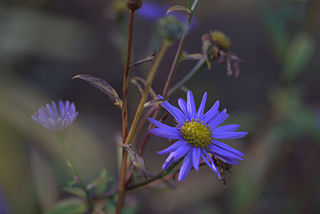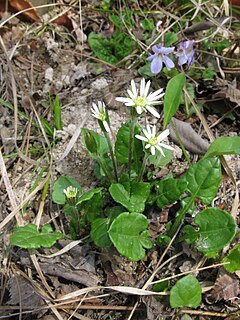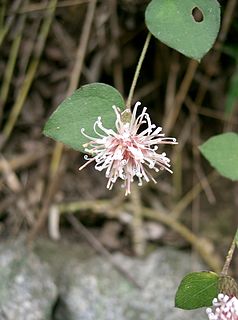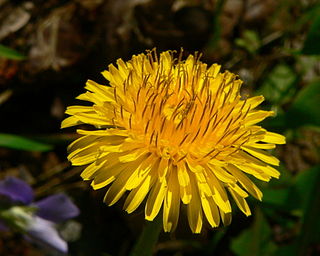| Ixeris | |
|---|---|
 | |
| Ixeris strigosa | |
| Scientific classification | |
| Kingdom: | Plantae |
| Clade: | Tracheophytes |
| Clade: | Angiosperms |
| Clade: | Eudicots |
| Clade: | Asterids |
| Order: | Asterales |
| Family: | Asteraceae |
| Subfamily: | Cichorioideae |
| Tribe: | Cichorieae |
| Subtribe: | Crepidinae |
| Genus: | Ixeris (Cass.) Cass. |
| Type species | |
| Ixeris polycephala | |
| Synonyms [1] | |
| |
Ixeris is a genus of Asian flowering plants in the family Asteraceae. [2]
Concepts of which species should be included in the genus have changed in recent years because of the use of molecular investigations. [3] Numerous species formerly regarded as members of Ixeris have been moved to other genera; (Agoseris , Crepidiastrum , Ixeridium , Lactuca , Paraixeris , Paraprenanthes , Sonchella or Youngia). [1] Species remaining in Ixeris or of uncertain affiliations are listed below.
- Species [1]
- Ixeris chinensis (Thunb. ex Thunb.) Nakai
- Ixeris × chinodebilis Kitam.
- Ixeris debilis (Thunb. ex Thunb.) A.Gray
- Ixeris gracilis (DC.) Stebbins
- Ixeris graminifolia (Ledeb.) Kitag.
- Ixeris gregorii Hance
- Ixeris integra (Merr.) Stebbins
- Ixeris japonica (Burm.f.) Nakai
- Ixeris keiskeana (Maxim.) Stebbins
- Ixeris kimurana Kitam.
- Ixeris lanceolata Chang
- Ixeris litoralis Kitam.
- Ixeris longirostra Nakai
- Ixeris longirostrata (Hayata) Nakai
- Ixeris microcephala Nakai
- Ixeris musashensis Makino & Hisauti ex Makino & Hisauti
- Ixeris × nakazonei (Kitam.) Kitam.
- Ixeris nikoensis Nakai
- Ixeris podlechii Rech.f.
- Ixeris polycephala Cass.
- Ixeris repens (L.) A.Gray
- Ixeris retrorsidens (Merr.) Stebbins
- Ixeris riparia (Kerr) Stebbins
- Ixeris × sekimotoi Kitam.
- Ixeris sonchifolia (Maxim.) Hance
- Ixeris stolonifera A.Gray
- Ixeris strigosa (Lév. & Vaniot) J.H.Pak & Kawano
- Ixeris tamagawaensis (Makino) Kitam.
- Ixeris tapetodes (Boiss.) Rech.f.
- Ixeris trifida Kitam.
- Ixeris versicolor (Fisch. ex Link) Kitam.















